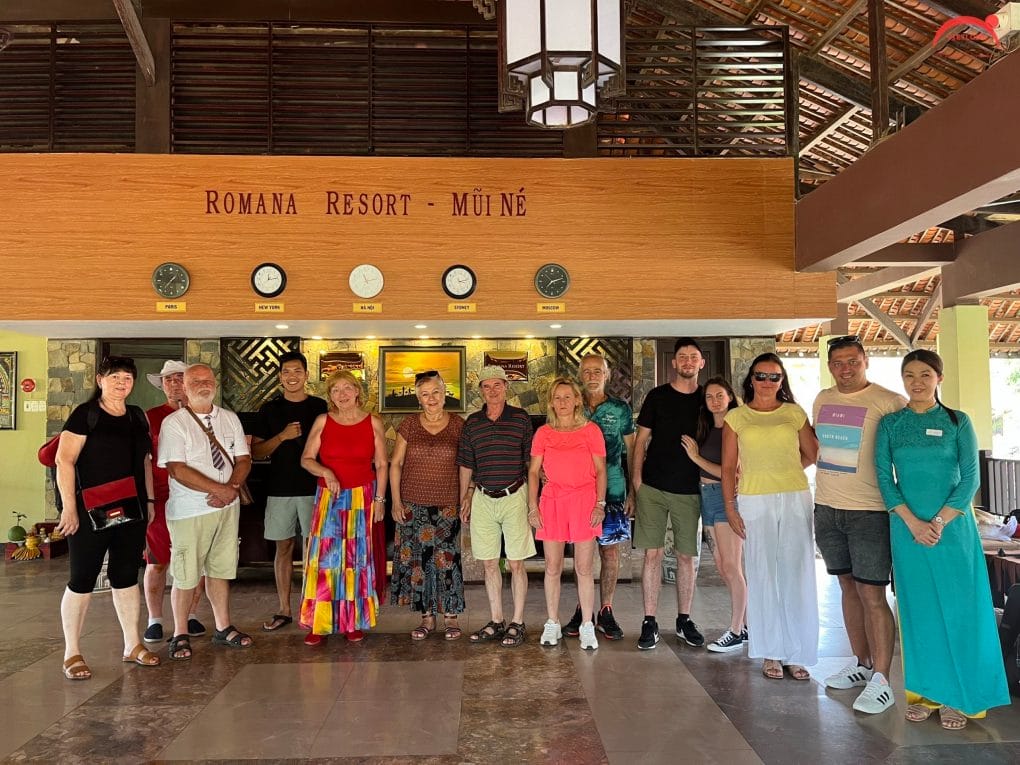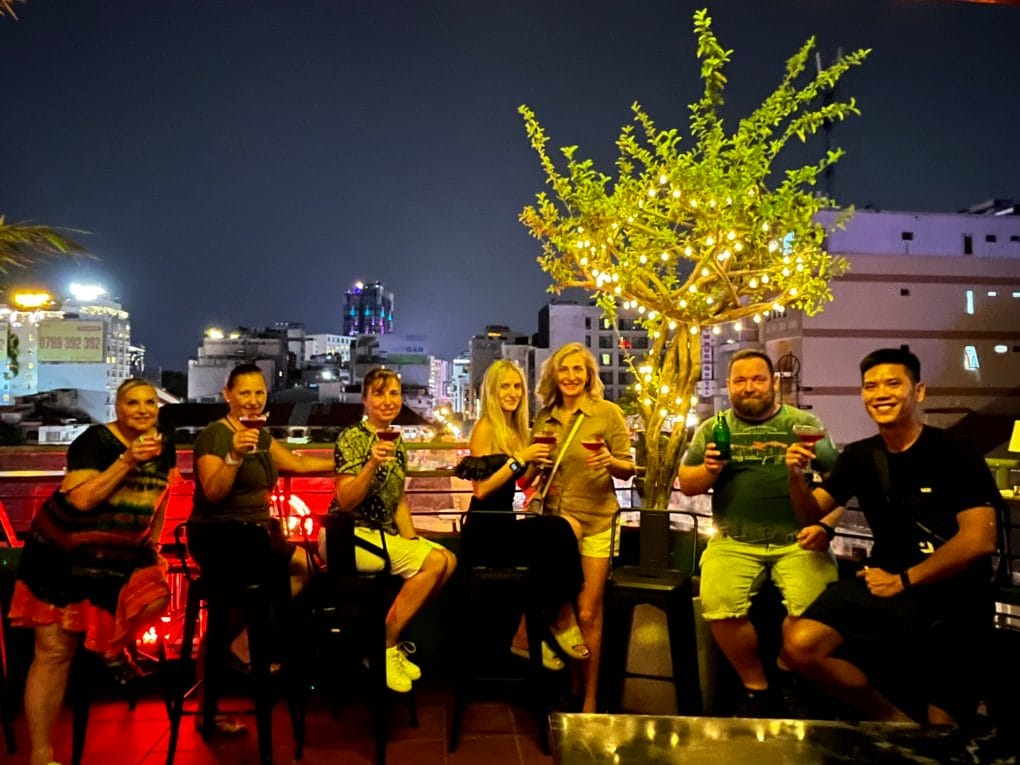THE CAMBODIA PRE-HISTORY
Prehistoric Cambodia is sparsely known. The earliest known site in Cambodia is Laang Spean cave which occupies the country’s northwest region. Laang Spean cave was first occupied beginning in 7000 BCE. Also of significance is the site Samrong Sen which was occupied circa 230 to 500 BCE. From 2000 BCE. and beyond, Cambodians started to domesticate animals and started growing rice. By, 600 BCE, Cambodians were making iron tools. Lastly influences from India came in 100 BCE.
Archaeological evidence indicates that parts of the region now called Cambodia were inhabited during the first and second millennia BCE by a Neolithic culture that may have migrated from southeastern China to the Indochinese Peninsula. By the first century CE the inhabitants had developed relatively stable, organized societies which had far surpassed the primitive stage in culture and technical skills. The most advanced groups lived along the coast and in the lower Mekong River valley and delta regions where they cultivated rice and kept domesticated animals. Some historians speculate that these people arrived before their present Vietnamese, Thai, and Lao neighbors. These people may have been Austroasiatic in origin and related to the ancestors of the groups who now inhabit insular Southeast Asia and many of the islands of the Pacific Ocean. They worked metals, including iron and bronze, and possessed navigational skills. Recent research has unlocked the discovery of artificial circular earthworks dating to Cambodia’s Neolithic era.
No one knows for certain how long people have lived in what is now Cambodia, as studies of its prehistory are undeveloped. A carbon-l4 dating from a cave in northwestern Cambodia suggests that people using stone tools lived in the cave as early as 4000 bc, and rice has been grown on Cambodian soil since well before the 1st century ad. The first Cambodians likely arrived long before either of these dates. They probably migrated from the north, although nothing is known about their language or their way of life.
By the beginning of the 1st century ad, Chinese traders began to report the existence of inland and coastal kingdoms in Cambodia. These kingdoms already owed much to Indian culture, which provided alphabets, art forms, architectural styles, religions (Hinduism and Buddhism), and a stratified class system. Local beliefs that stressed the importance of ancestral spirits coexisted with the Indian religions and remain powerful today.
Cambodia’s modem-day culture has its roots in the 1st to 6th centuries in a state referred to as Funan, known as the oldest Indianized state in Southeast Asia. It is from this period that evolved Cambodia’s language, part of the Mon-Khmer family, which contains elements of Sanskrit, its ancient religion of Hinduism and Buddhism. Historians have noted, for example, that Cambodians can be distinguished from their neighbors by their clothing – checkered scarves known as Kramas are worn instead of straw hats.
Funan gave way to the Angkor Empire with the rise to power of King Jayavarman II in 802. The following 600 years saw powerful Khmer kings dominate much of present day Southeast Asia, from the borders of Myanmar east to the East Sea and north to Laos. It was during this period that Khmer kings built the most extensive concentration of religious temples in the world – the Angkor temple complex. The most successful of Angkor’s kings, Jayavarman II, Indravarman I, Suryavarman II and Jayavarman VII, also devised a masterpiece of ancient engineering: a sophisticated irrigation system that includes barays (gigantic man-made lakes) and canals that ensured as many as three rice crops a year. Part of this system is still in use today.






